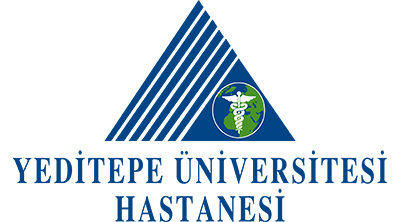A Beard Transplant is a cosmetic procedure designed to address facial hair concerns by enhancing the density and fullness of the beard and moustache. This surgical technique is often sought after by individuals who have patchy or thin facial hair or those who wish to achieve a more robust and even beard growth. Here’s an overview of beard transplant:
What Is a Beard Transplant?
- A Beard Transplant, also known as facial hair transplantation, is a surgical procedure that involves harvesting hair follicles from one area of the body (usually the back of the head) and transplanting them to the beard and moustache area.
- The transplanted hair follicles continue to grow like natural facial hair, creating a fuller and more aesthetically pleasing beard.
- The goal of the surgery is to achieve a thicker, denser, and more even beard or moustache.
Why It’s Done?
- Beard transplants are performed for various reasons, including:
- Patchy Beard Growth:It addresses patchy or uneven beard growth, filling in areas with thin or absent hair.
- Beard Scarring:It can conceal scarring or imperfections in the beard area caused by injuries, accidents, or surgical procedures.
- Aesthetic Enhancement:It allows individuals to achieve their desired facial hair style, from a full beard to a groomed stubble.
- Boosting Self-Confidence:A beard transplant can provide increased self-esteem and enhance the overall facial appearance.
The Surgical Procedure
- The surgeon typically performs a beard transplant using the FUE (Follicular Unit Extraction) method, which is minimally invasive.
- Hair follicles are extracted from the donor area (usually the back of the head) using a small, specialized instrument.
- The extracted hair follicles are then carefully transplanted into the desired areas of the beard or moustache.
- The incisions made during the procedure are tiny and require no sutures.
Advantages
- Beard transplants provide a natural and permanent solution for those seeking a fuller and more even beard or moustache.
- Patients often experience increased self-confidence and satisfaction with their facial appearance.
Recovery and Follow-Up
- Recovery from a beard transplant involves some mild swelling, redness, and potential discomfort in the beard area, which usually subside within a few days.
- Patients are advised to follow post-operative care instructions, which may include keeping the beard area clean and avoiding strenuous activities.
- The transplanted hair may initially shed, but new hair growth will emerge over the coming months.
- Normal activities can usually be resumed within a week, and regular follow-up appointments with the surgeon are recommended to monitor the healing process and assess progress.






























